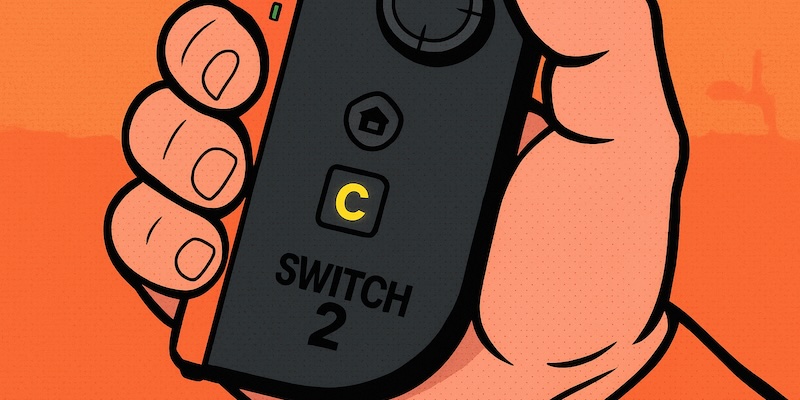Nintendo’s unveiling of the Switch 2 highlights a significant shift in gaming: the prioritization of universal in-game communication. With the introduction of the C-Button, players can access features like voice chat, screensharing, and even video chatting - whether they’re playing the same game or entirely different ones. By embedding these tools directly into the system, Nintendo moves away from the usual dependency on external apps like Discord, opting for integration that spans across all gaming titles available on the system.
This isn’t just about convenience; it underscores a growing demand for social interaction in games. For developers, the question isn’t whether in-game voice chat matters, it’s how to make it meaningful and easy to use for their audiences.
GameChat: Redefining Connection in Gameplay
GameChat, accessible via the C-Button, offers players various ways to stay connected during gaming sessions:
- Voice Chat Without Restrictions: Built into the console, GameChat allows players to communicate naturally without needing extra devices or third-party platforms.
- Screensharing for Collaborative Play: Whether troubleshooting puzzles or strategizing victories, sharing gameplay in real time fosters collaboration.
- Video Chat Integration: Through an optional USB-C camera, players can video chat while gaming, blending interaction and immersion into a single experience.
Unlike traditional voice solutions tied to specific games, GameChat expands beyond those boundaries, letting users communicate regardless of what they’re playing.
Why Developers Should Prioritize In-Game Communication
The Switch 2’s focus on universal voice tools reflects an undeniable trend: players crave deeper social connectivity within their gaming experiences. Developers should consider the following impacts when evaluating voice chat integration:
- Building Stronger Communities: Voice chat encourages real-time collaboration, strengthening player bonds and fostering inclusive communities.
- Enhancing Gameplay Dynamics: Integrated communication, such as screensharing and strategy-focused chats, boosts the sense of teamwork in multiplayer environments.
- Meeting Player Expectations: As systems like GameChat set new standards, games and gaming systems lacking communication tools may feel outdated and disconnected.
For developers, adding voice chat tools isn’t merely about staying relevant, it’s about cultivating spaces where players connect emotionally and socially through their games.
The Impact of Shared Experiences
Nintendo’s GameChat can be viewed as an acknowledgment of the central role that shared experiences play in gaming. Real-time voice and video features allow players to turn solitary activities into collaborative adventures, whether it’s coordinating strategies or simply chatting casually. This functionality serves as a reminder that gaming isn’t inherently isolating—it thrives on interaction and shared joy.
At its core, in-game communication transcends gameplay; it becomes the fabric of lasting memories and stronger player relationships.
Conclusion
Nintendo’s approach with the Switch 2 highlights the power of built-in voice tools in shaping modern gaming experiences. However, developers have the flexibility to decide how they want to incorporate voice and social systems into their own titles. Whether through universal solutions or tailored add-ins, communication features have the potential to elevate gameplay, foster community, and deepen the connection between players.
For developers looking to quickly integrate a comparable system into their own platforms or games, 4Players’ ODIN infrastructure provides all the necessary tools to make this a seamless reality. The ODIN Voice Chat SDK enables seamless integration of high-quality voice communication into games, while the ODIN Fleet platform provides robust and scalable server hosting to ensure smooth, lag-free experiences for players. Together, these tools equip developers with the resources to create exceptional social gaming systems to keep players engaged.
Developers face a vital choice: adapt to the shift toward interactive social systems or risk being left behind in an increasingly connected gaming landscape. The possibilities for meaningful integration are endless, but the message is clear: voice chat isn’t just a feature anymore. It’s the foundation of the future of gaming.

